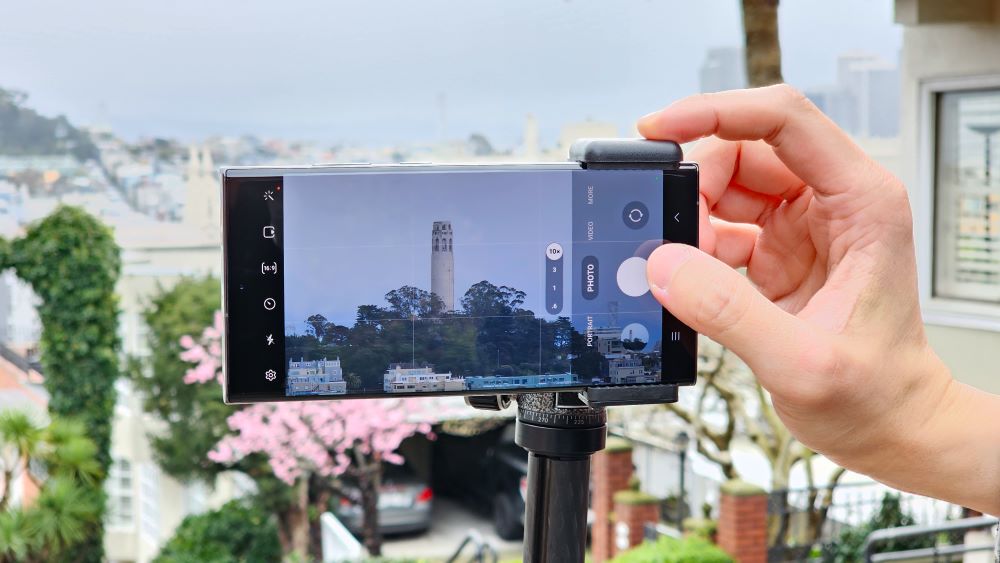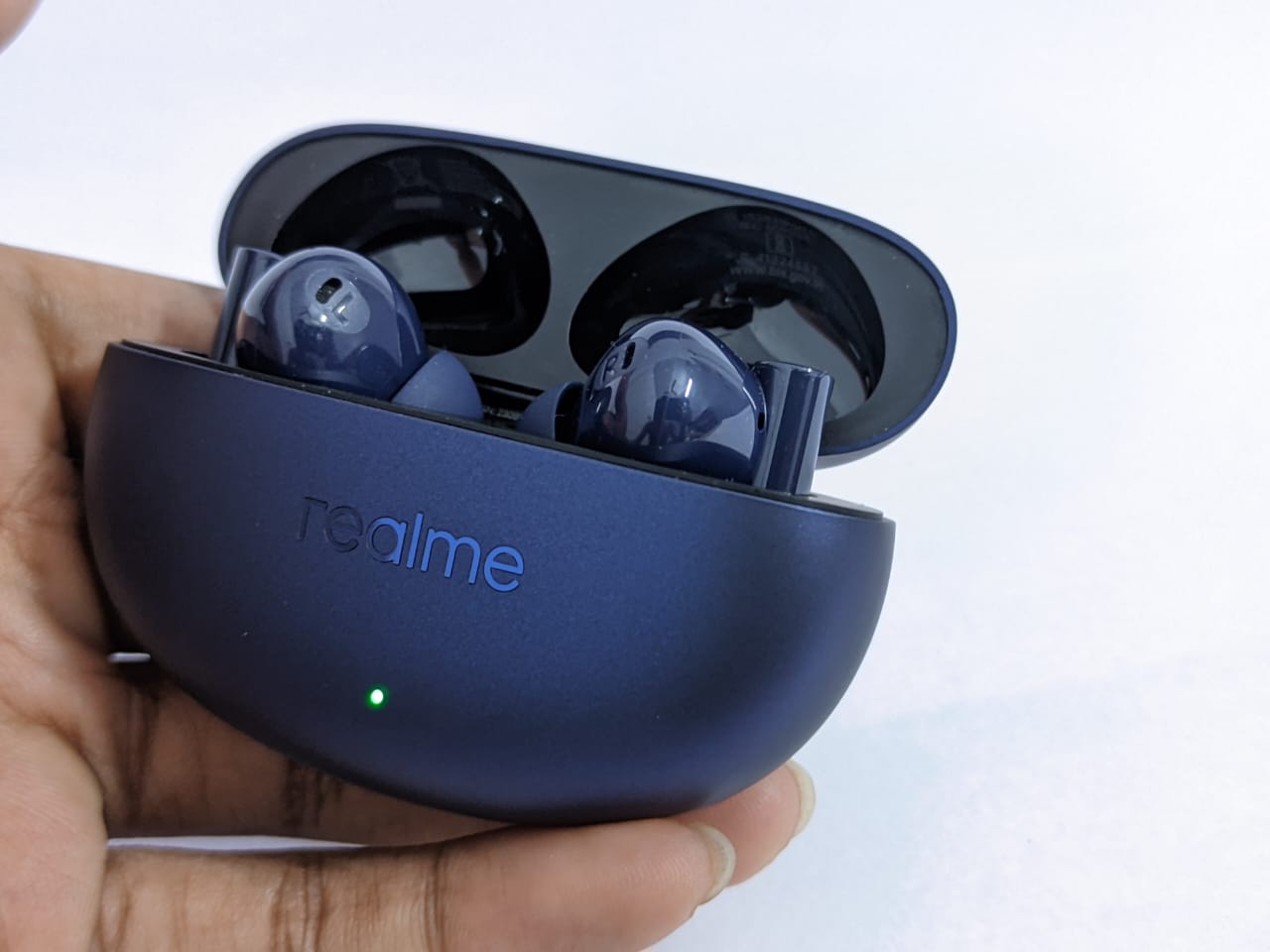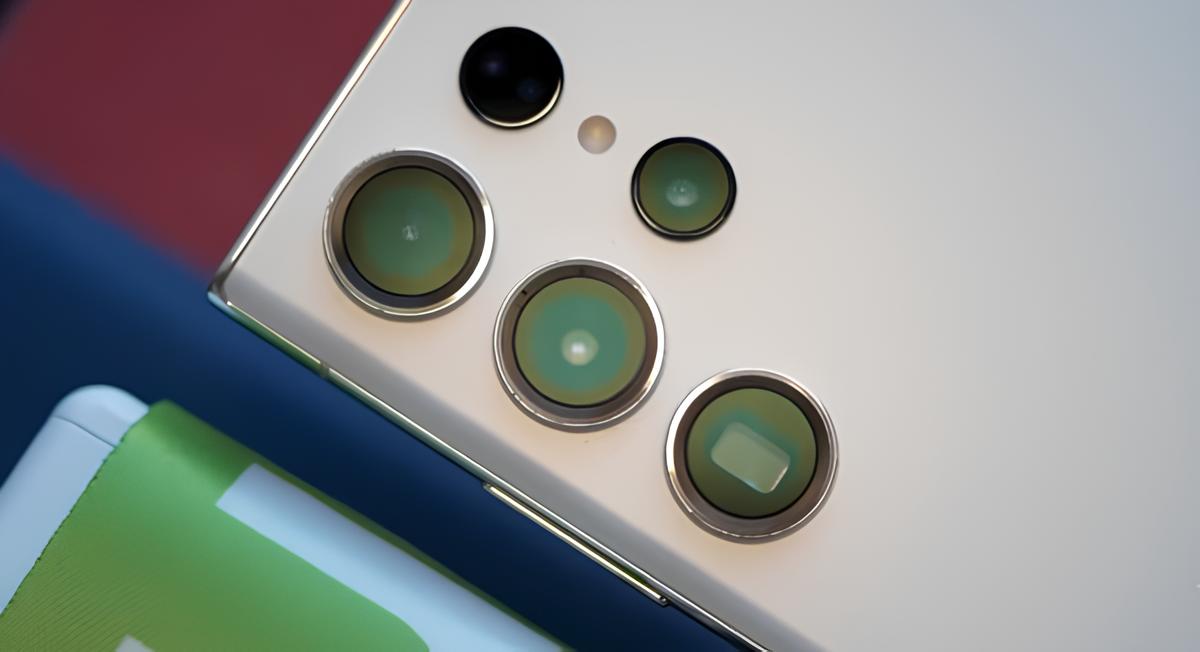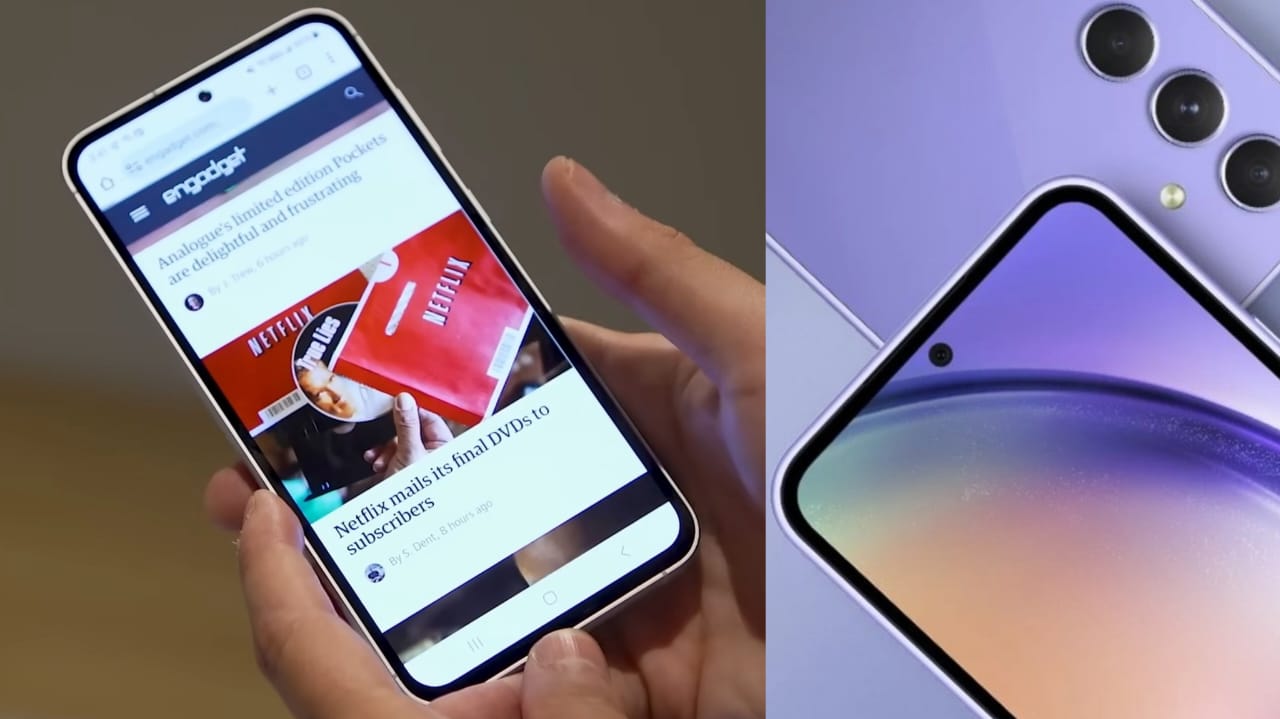Samsung is utilizing a high-resolution sensor for its 3x telephoto camera, which they claim can offer clear quality even when digitally zoomed to 5x. The company is marketing this as 3-5x super-hybrid zoom.
The company is placing significant emphasis on quality improvements in the 5x zoom range, despite not having a dedicated 5x camera hardware, which makes us curious to evaluate the matter from a technical point of view.
As the launch is approaching, we are hearing more information about the camera specification of the Galaxy S24 Ultra. Just recently, tipster @IceUniverse confirmed on X (formerly Twitter) that the Galaxy S24 Ultra will feature a 50MP sensor for 3x telephoto camera. This is a notable spec upgrade, especially considering that the past three generations of ‘Ultra’ models all had a 10MP sensor for this purpose.
It appeared that the company aims to enhance quality in the 3-9x zoom range by taking advantage of the higher resolution of the sensor. And just a few days after the news, we are hearing about the branding of the 5x zoom range without even having a separate module for that.
Is the resolution upgrade worth noting?

The new 50-megapixel sensor offers improvements in two main areas that are worth highlighting.
Firstly, The 10MP sensor is too small to capture a significant amount of light, resulting in noisy images in low-light conditions. To the point where, at times, sticking with the main sensor is better than switching to the 3x lens in darker scenes.
The 50 megapixel sensor is larger at 1/2.51″ (previous10MP one was at 1/3.52″). With this larger sensor, capturing sufficient light in darker situations becomes more feasible.
Another benefit is the higher number of pixels. Anything between the 3x and 10x zoom range essentially involves cropping on the 3x camera. Previous generations had only a 10-megapixel sensor for this purpose. As a result, maintaining quality during digital zooming was challenging until reaching the 10x module.
The higher number of pixels on the new sensor should help in this regard, but here’s a catch with the new sensor.
A small improvement on the image quality
- This new 50MP sensor – 1/2.51″, 0.7-micron pixels
- Previous 10MP one – 1/3.52″, 1.12 μm pixels
The 50-megapixel sensor boasts 5 times the resolution but is only marginally larger in size. In other words, pixel size decreases from 1.12-microns to 0.7-microns. The company will likely use pixel binning to simulate larger pixels, similar to what you see on the main sensor.
As a result, you’ll end up with a 12.5MP output from the high-resolution sensor, where the high resolution was the main point of discussion. Previously, there was a 10-megapixel sensor, and now we will have 12.5 (not 50). This is an improvement, though not a groundbreaking one.
The slightly larger sensor enhances light capture in low-light situations, fulfilling their objective. Of course, there will be an option for full resolution, which may provide more detail in the 3-9x zoom range during daylight. However, this won’t apply to every scenario, given the even smaller pixel size.
Modern smartphones employ machine learning as part of their computational photography algorithms. Enhancements in software processing will ultimately improve overall image quality, including zoomed shots. Thus, attributing all credit to the new sensor wouldn’t do justice.


